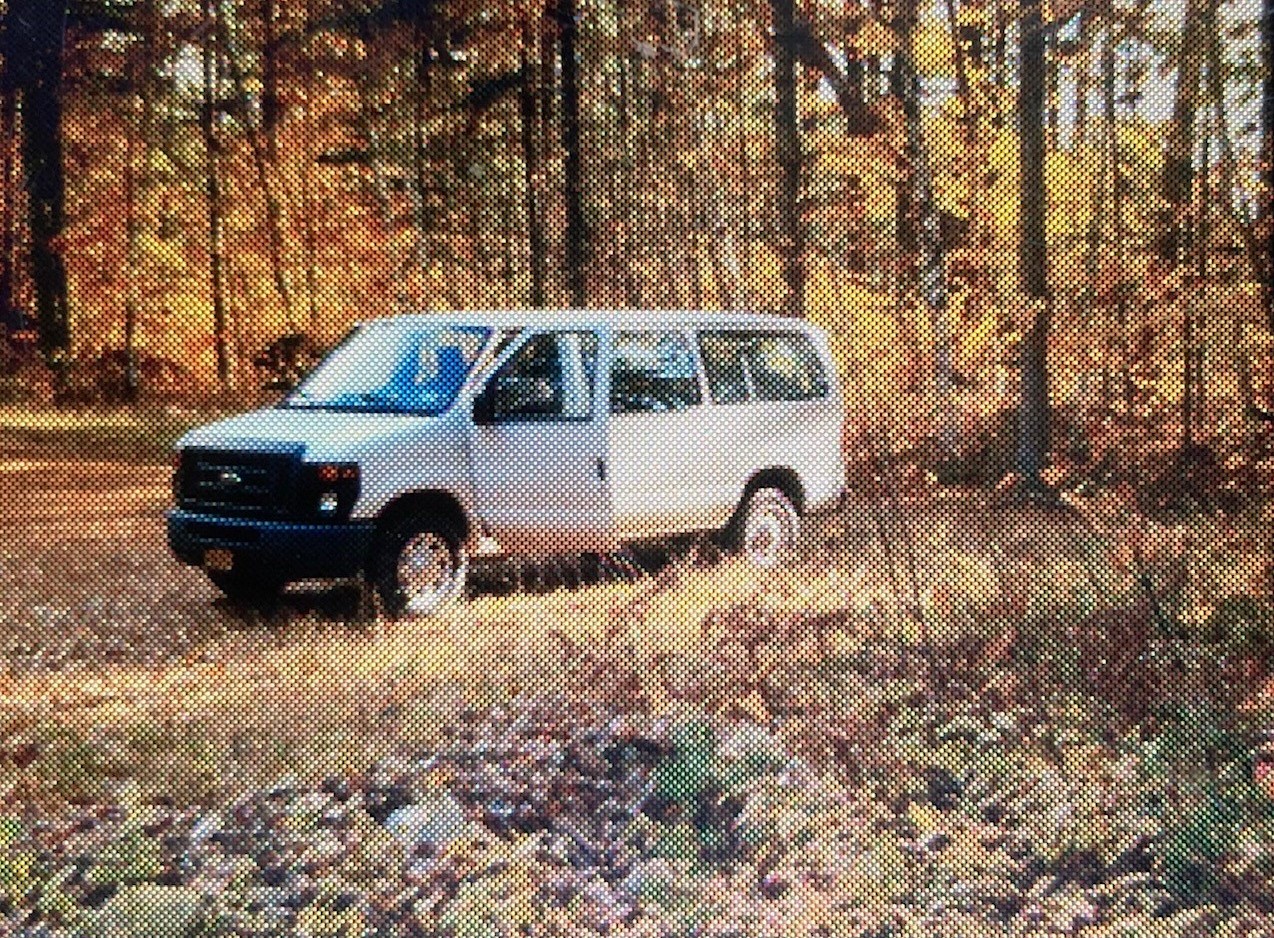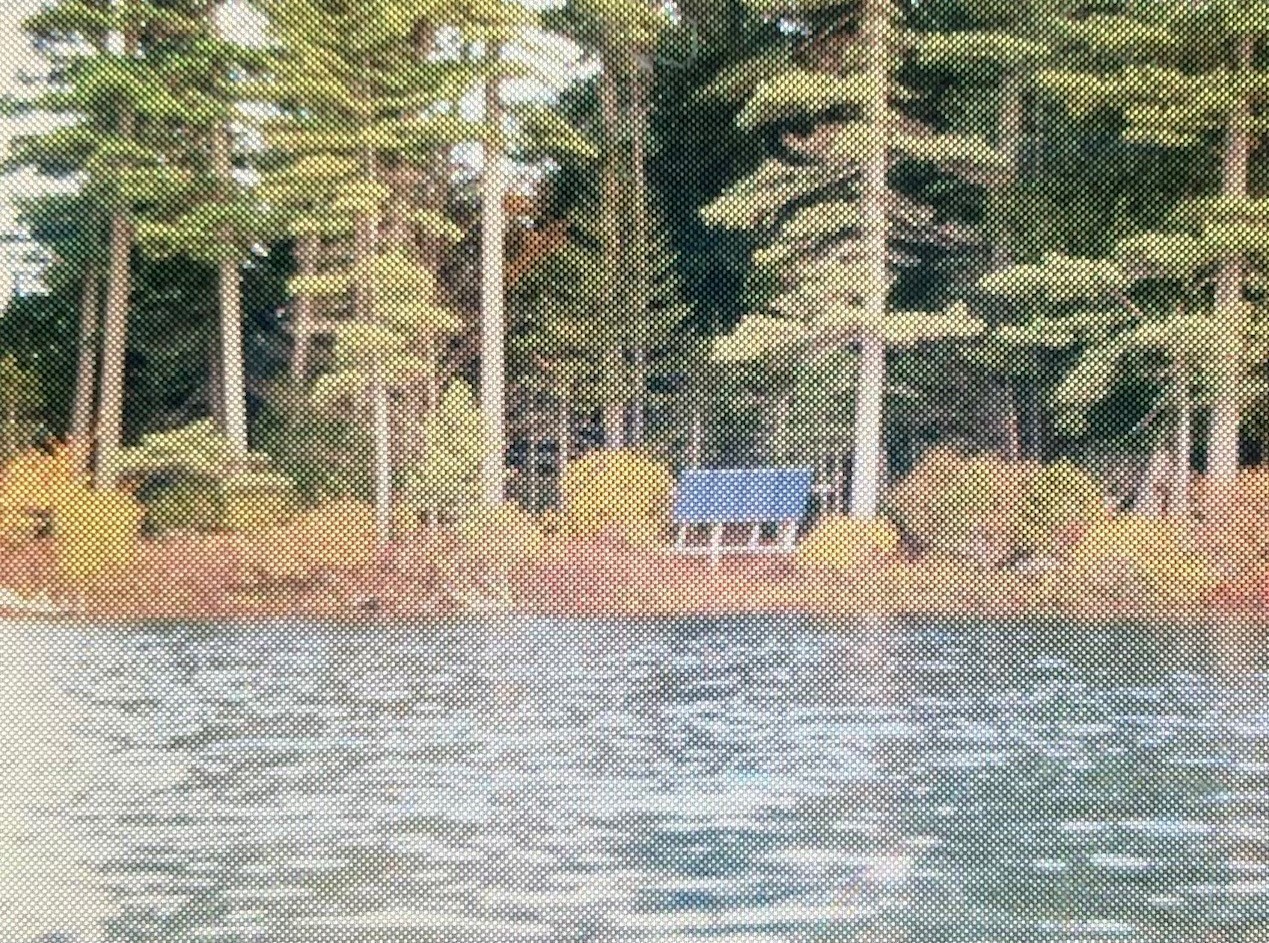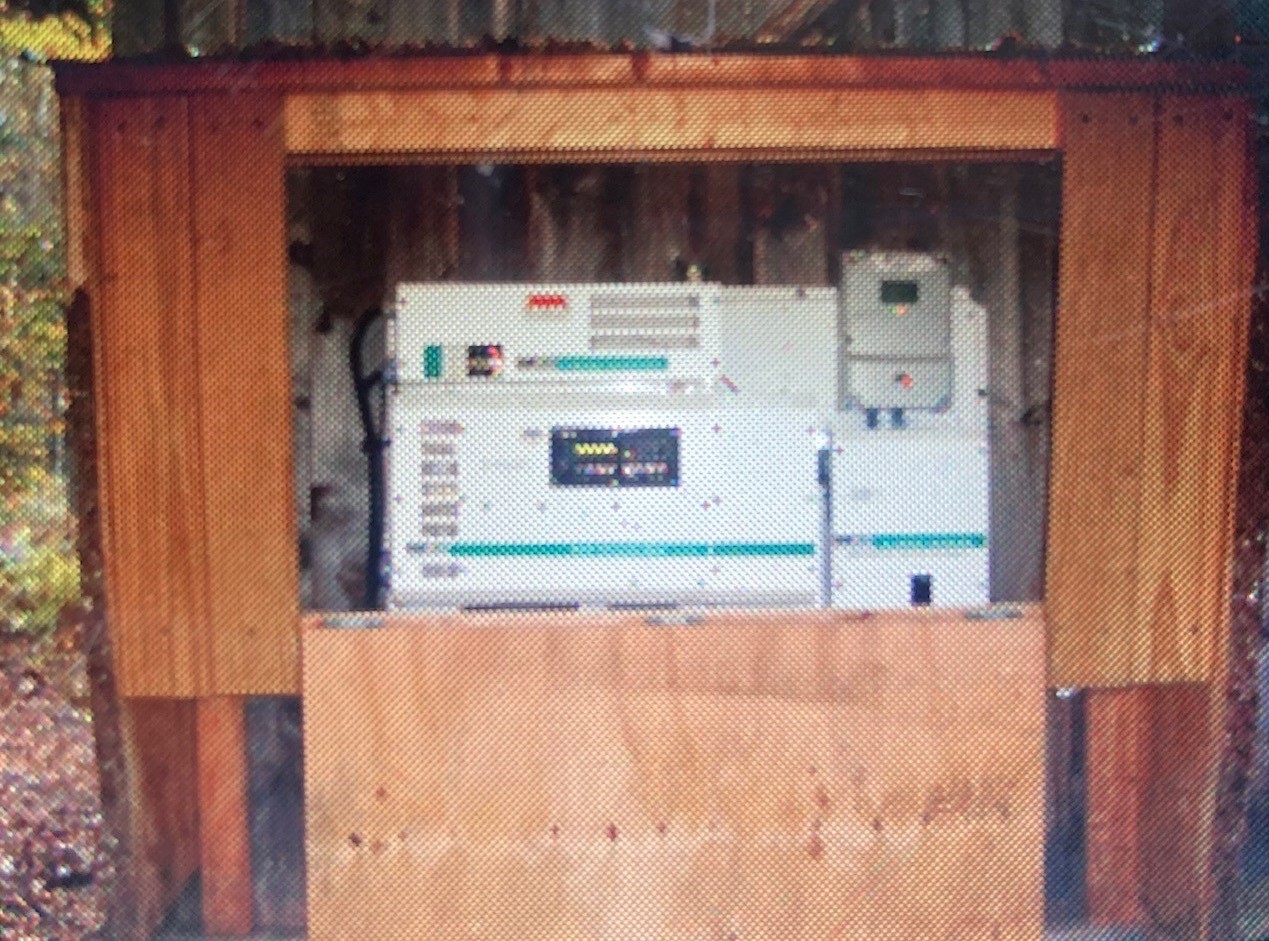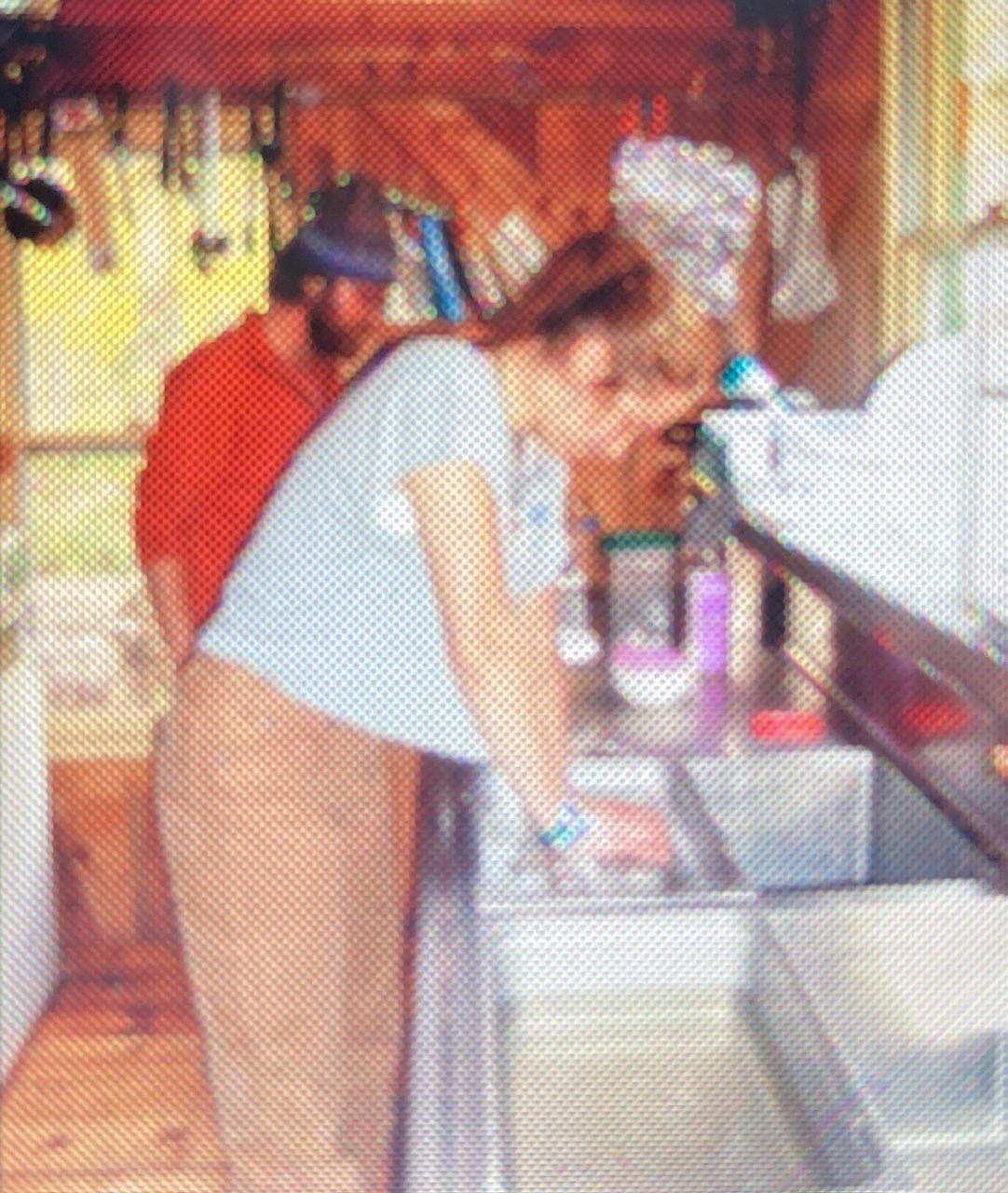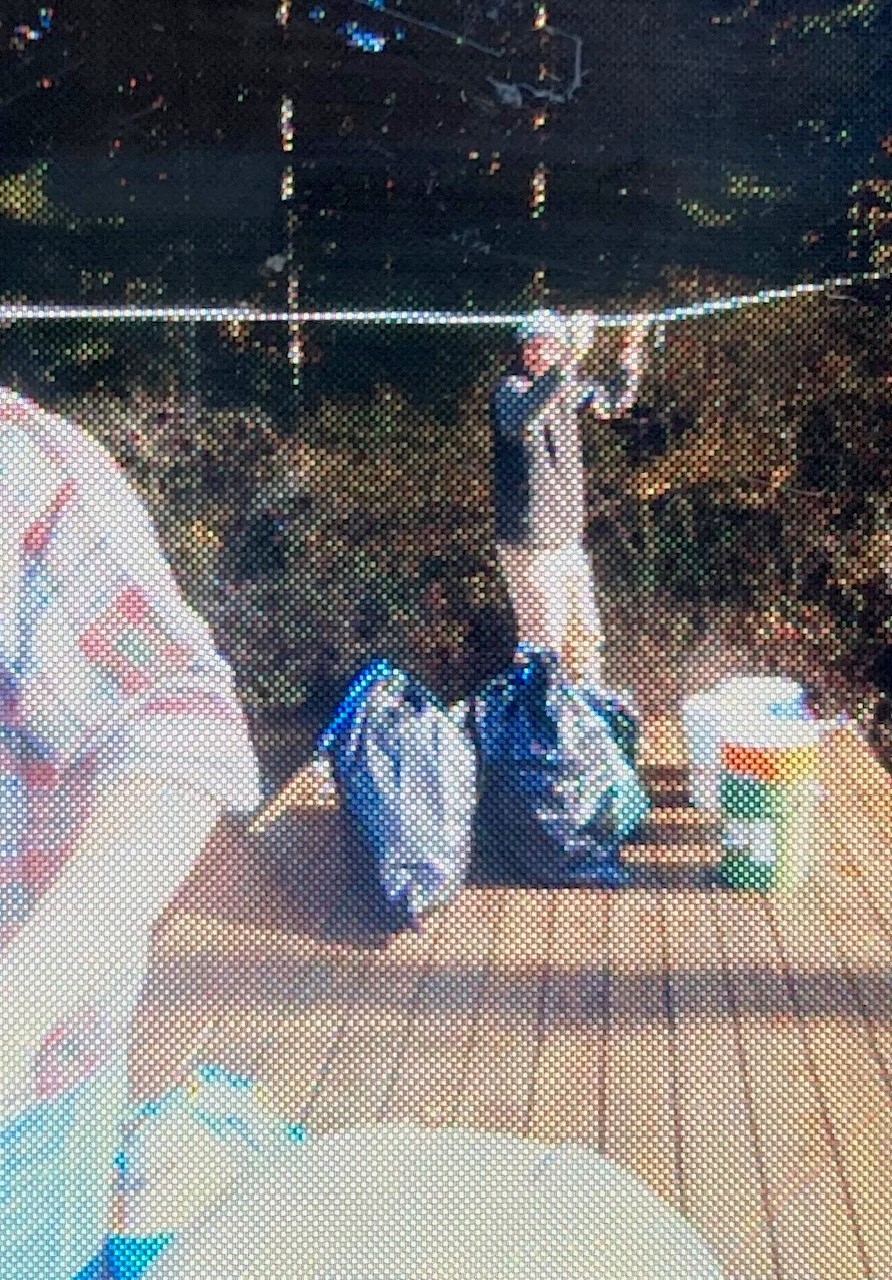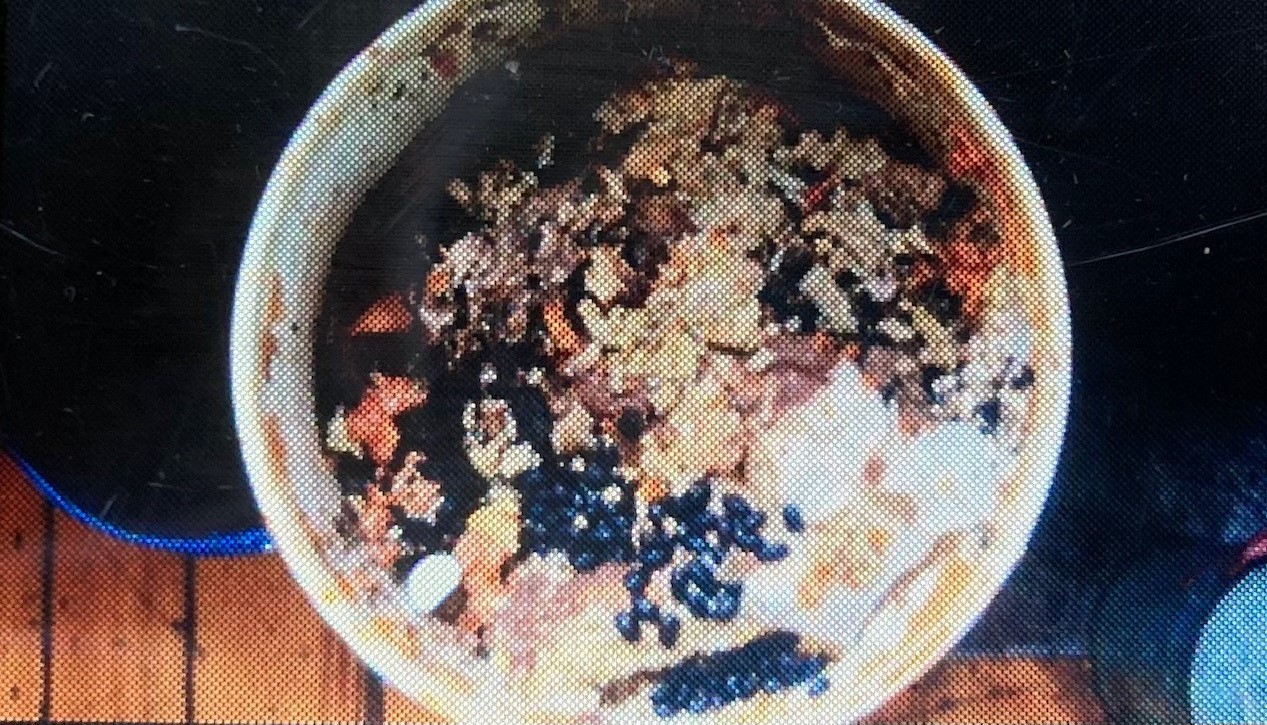Is the Adirondack Semester Sustainable?
By Amelia Berthold & Arianna Roeder
October 20, 2023
It is Tuesday. Even before the bell for breakfast rings out across Arcadia, the village is bustling. Campbell and Ruby are in the kitchen grinding coffee, heating up leftover oatmeal from the day before, and preparing hot water for the dishes. Early risers are carrying their sleep stuff across the uneven pathways from the warm community spaces they slept in back to their personal yurts. As the sun rises above the tree line to illuminate our solar panels, the rest of the Arcadians begin to stir. We wash our hands with buckets of frigid lake water, complaining as it chills our fingers. Once hands have warmed again and all twelve Arcadians are sitting around the kitchen table, we serve up the meal that has been created, making sure to use as few dishes as possible. When the clinking of spoons and bowls has ceased, the inevitable question, “Who’s on clean up today?”, penetrates the conversation. After some debate over which yurts completed the task the night before, we determine that yurts one and two are up today. First, dishes are scraped into the compost and then piled up on one end of our three bin dish line, awaiting the cooks. Each dish is dunked into the wash, rinse, and bleach bins, as dish crew aims to conserve as much water as possible. The designated cleanup yurts finish up their frenzy of cleaning, sweeping, scraping, and putting away food before leaving the kitchen to get ready for the day.
We congregate on the front dock after spending the last hour gathering layers, preparing lunches, and finishing up homework. Our small fleet of canoes launches off the front dock, and excitement and anticipation for the day ahead fills the atmosphere. With a masterful efficiency, the twelve Arcadians make it across the lake and up the hill to where the van is parked. Once we have all piled into our seats and decided which CD we want to listen to, the van rattles over the bumps on the dirt road to our meeting spot for field trips. As we drive up, Pete, our professor for Land Use Change in the Adirondacks, steps up to our window with a grin on his face. He tells us not where we’re going—that’s a surprise—but how long it will take. Once we hear that the drive is over an hour long, some of us can’t help but wonder if our efforts to be sustainable are cancelled out by the drive.
Sustainability is one of the core values of the Adirondack Semester and is a major draw for students attending the program. As explained in the semester handbook, we try to “promote and work towards best sustainable practices by minimizing environmental impacts.” In some ways, our life in the yurt village embodies this principle. We source our food locally, scrape food scraps into the compost, minimize our water usage, and rely on the sun for our electricity. The yurts we live in are removable, which minimizes impact on the land. In addition, a majority of our waste is compostable, and we make an effort to reintegrate it back into the ecological systems of Massawepie. Despite our best intentions, we create a significant amount of plastic waste, mostly from food packaging, and we burn propane to cook our food and purify water. Our most predominant consumption practice is our use of fossil fuels from all the transportation of people and resources it takes to support our off-grid lifestyle. In addition to our class field trips and weekend outings, our professors and directors rack up significant mileage commuting to and from the yurt village. Our mission to minimize environmental impact is imperfect, but we still attempt to balance our academic goals and engagement with best sustainable practices.
A more traditional definition of sustainability revolves around minimizing resource consumption and environmental impact; however, director Jake McCoola approaches the topic through a systems science perspective. Jake taught us about systems science in his class as a way of examining the interconnectedness of the world around us. Part of his definition of sustainability is “the ability for a system to effectively manage its subsystems.” In our context, our water usage could be considered a subsystem of Arcadia. We gather our water from the lake in five-gallon jugs and distribute it across the yurt village; once used, it is dispersed among the vegetation, eventually circling back to its previous home. By Jake’s definition, our water system is sustainable. Conversely, although travel is immensely valuable to the program and our learning, the carbon outputs we produce by driving vehicles powered by externally sourced fossil fuels are not sustainable. These overlapping systems define life here at Arcadia, whether entirely sustainable or not.
***
After what seems like ages in the van, we pass a tall stone structure and wonder what it could be while we drive for another two minutes. We hop out of the van and reconvene with Pete, who gives us a short introduction before leaving the twelve of us to explore and discover what we can about the place we are at. We soon come to realize that we are at the site of an abandoned mining operation, now a trailhead for the High Peaks region. Upon reading the signs scattered along the path, we learn that we are among the remains of one of the first Adirondack settlements. We continue to wander about, learning what we can while taking notes before coming together to share our findings with the class during our group discussion. Despite the long drive, we appreciate the opportunity to immerse ourselves in Adirondack history—something that can’t be replicated in a classroom.
Jake also recognizes that our carbon footprint is not ideal; however, he believes that the learning and experiences we take away from off-site trips throughout the semester are significant. During our conversation with Jake about the program’s sustainability practices, he concludes that “value created in [the Adirondack Semester] experience offsets the net negative impact created in the process.” Pete agrees, citing the value of experiential learning as the main reason for the weekly field trips in his class.
Part of our program’s mission is to live sustainably, yet it is important to note that we are primarily here to build a connection to the Adirondacks through a place-based learning style. The main focus of the Adirondack semester isn’t sustainability, but living an ecologically conscious lifestyle is important to us as individuals. Arianna, in search of reading material, stumbled upon a book called Green Metropolis, which details the environmental advantages of urbanism. Arianna eagerly explained the book’s arguments to the other Arcadians and how “living smaller, living closer, and driving less are the keys to sustainability.” With mixed feelings, the rest of us took in the information and considered how we can—and if we can—achieve a truly sustainable lifestyle. Our commitment to simple living and the minimal infrastructure we have here at Arcadia checks off the “living smaller” box. However, our travels throughout the Adirondacks, for both essentials and excursions, deviate from the pillars of living closer and driving less. The book identifies cities as the most sustainable form of living, a stark contrast from an off-the-grid yurt village in rural America. The Adirondack Semester attempts to be as sustainable as possible within the goals of the program, and does well at it, yet true sustainability is not achieved here. Even if Arcadia isn’t entirely sustainable due to our reliance on external systems and usage of non-renewable resources, life in the yurt village may very well be the most sustainable part of St. Lawrence.


